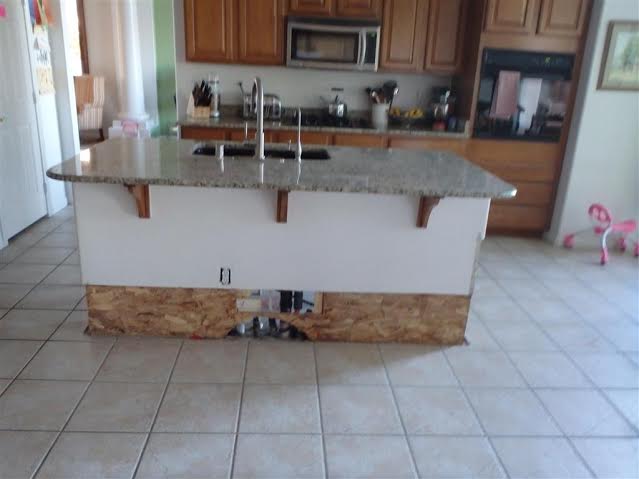Proper Way to Do Flood Restoration of Kitchen and Bathroom
There are several things that can go wrong unexpectedly in a bathroom or a kitchen that cause it to be flooded with water. You usually never saw it coming or you would surely have taken more precaution to prevent it. When it happens, there is nothing left to be done except to clean it up. If you are lucky, you will have caught the flood soon after it started, if you are not so lucky and it has been getting flooded for a while, you might not even be able to do all the clean up alone.
When your kitchen, bathroom or any part of your house is flooded, it's important to take notes and lots of pictures in regards to the damage. Don't let the water sit, make sure you soak it up and promote drying as soon as possible.When your kitchen or bathroom is flooded, it's important to shut off the water as soon as possible! If you don't know howcall your plumber and any professionals to help you figure out how to shut it off. If the leak is from a toilet or a sink, you can usually find a knob near the pipes that you can turn off by turning to the right.
These unexpected floods in a kitchen can come from the plumbing under your sink. If the break in plumbing is from a drain pipe, it will only flood as long as water is going out. This might not be too bad. If it is a break in the pipe or the valve where the water comes in, this is worse because the water will continue to flow out until the water supply is turned off. This can also happen either way with the washing machine, refrigerator, or dishwasher. Always make sure that incoming water lines are in good repair to help avoid a flooding catastrophe.
In the bathroom, the usual culprits for flooding are the sinks, tub, or toilet. Doing inspections to your plumbing can always reduce the risk of flooding, but that does not help after the damage has been done. How you clean up the mess is very important. If your toilet has flooded the bathroom and there is sewage spilled out onto the floor, the entire area will need disinfecting after it is cleaned up.
Even after the water has been cleaned up and the plumbing repaired, you will still need to make sure that all the places that were wet with water are completely dried out. Wood surfaces, walls, or behind tub and shower stalls if they were affected, will need to be examined soon after the flood to look for signs of mold growth. Mold can grow anywhere there is moisture and when it gets behind a wall it can be extremely difficult to kill without tearing it out.
Move your furniture in a dry area, pin up the skirts, and protect the legs of furnishings that must remain on the wet floor with a few layers of aluminum foil. Prop up wet cushions so they can dry, and turn them as necessary to make sure they don't bleed.
Although you might clean up, repair, and make a mold inspection your self, if the flooding is bad enough, you should consider having a water damage expert to come in and access the damage for you. The clean up and mold prevention might entail more than you can do on your own. It is better to have the flood cleaned up correctly in order to save you from mold issues later. Mold damage can be very costly to repair after it has taken a hold somewhere in your home.
For more useful tricks and tips on this topic, check out our main page here:
Article Tags: Flood Restoration, Make Sure





0 Response to "Proper Way to Do Flood Restoration of Kitchen and Bathroom"
Post a Comment